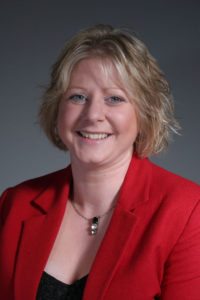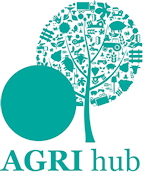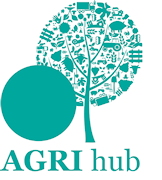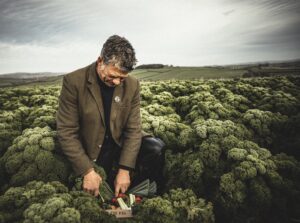 Farming couples should make the most of new tax rules to transfer unused personal allowances between them, offering tax savings of up to £212 a year.
Farming couples should make the most of new tax rules to transfer unused personal allowances between them, offering tax savings of up to £212 a year.
From 6 April 2015, and affecting the 2015/16 tax return onwards, married couples and civil partners are able to transfer up to 10% of their tax free allowance, providing their partner is not a higher or additional rate taxpayer. “A huge number of farming couples will be able to make use of these new rules,” says Julia Banwell, chartered financial planner at Old Mill accountants.
“Often one spouse will earn less than the £10,600 tax-free personal allowance, while the other is having to pay tax on a higher income. Being able to transfer some of that personal allowance will be a welcome boost in these difficult times for farming.”
In 2015/16 the tax saving could be £212, rising to £220 in 2016/17. “In order to be eligible you must be married or in a civil partnership, and the recipient of the additional allowance must have an annual income of between £11,001 and £43,000,” says Mrs Banwell.
To apply for the transfer of the personal allowance, farmers should fill out a relatively simple form on HMRC’s website or contact their accountant for further information.
Another timely boost is the introduction of a personal savings allowance, which claims to move 95% of savers out of paying tax on their savings. “In previous years, any interest earned on savings would usually have 20% tax deducted at source,” explains Mrs Banwell. “That meant for every £100 of interest earned, basic rate tax payers paid £20 in tax.”
From 6 April 2016, all interest received will now be paid gross, with no deduction of basic rate tax. “This allowance enables taxpayers with total taxable income below £17,000 to pay no tax on any interest received.” Basic rate taxpayers can now earn up to £1,000 in savings interest before paying any tax on it, and higher rate tax payers can earn up to £500 – but the allowance is not available for individuals who pay tax at the additional rate, she adds. “These tax savings are in addition to any ISAs which will remain tax free.”
However, the new allowance means taxpayers will have to declare savings income over the £1,000 or £500 threshold on their self-assessment tax returns. “The tax on that interest will have to be paid to HMRC with your income tax from January 2018,” says Mrs Banwell. With farm incomes under pressure, many producers might expect their income tax liabilities to reduce. “But with the move from savings tax being deducted at source to being part of self-assessment, the tax bill may be higher than expected,” she warns.
“It is also particularly worth noting that the tax on this interest will form part of any payments on account for 2016/17 and subsequent years, meaning you may need to find 150% of this additional interest tax. As ever, careful budgeting is essential to ensure that adequate resources are available in good time.”
- For more information contact Julia Banwell on 01749 335048.



